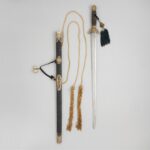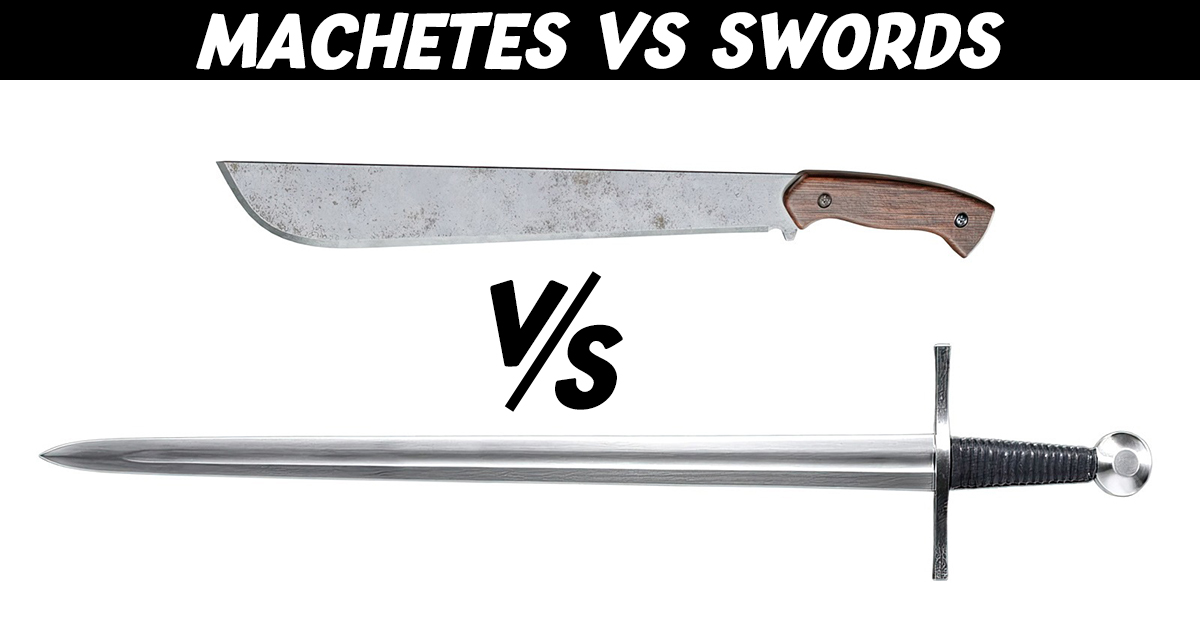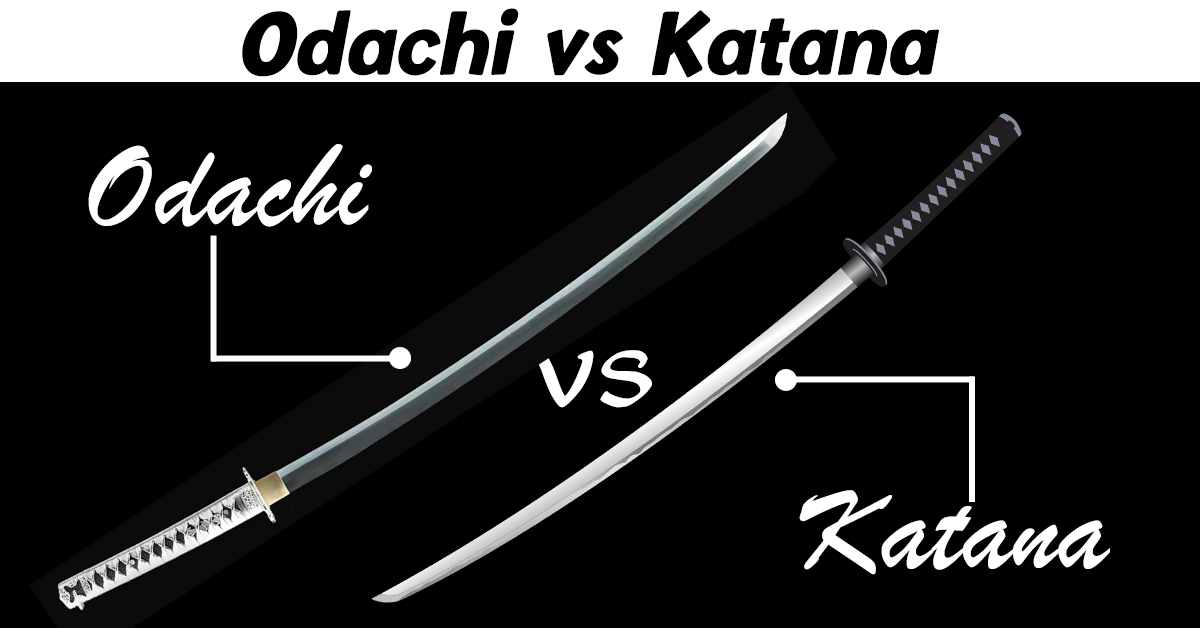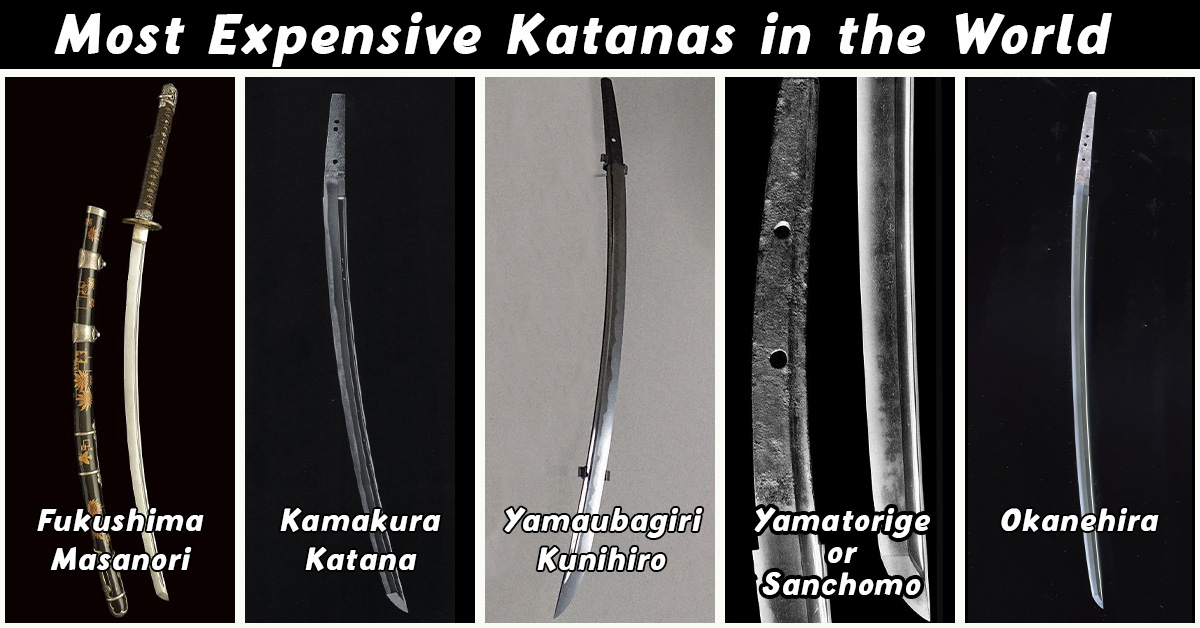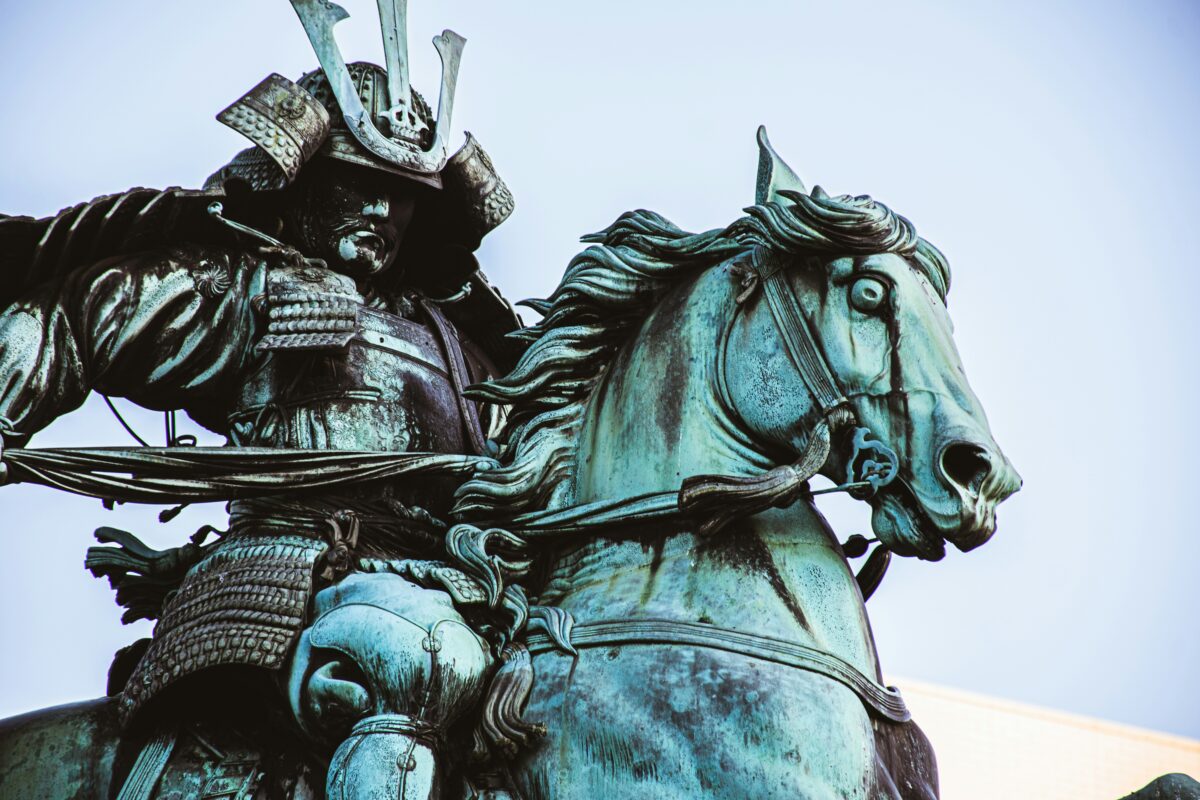Blog
Chinese Sword Sheath: History, Design, and Significance (Jianqiao)
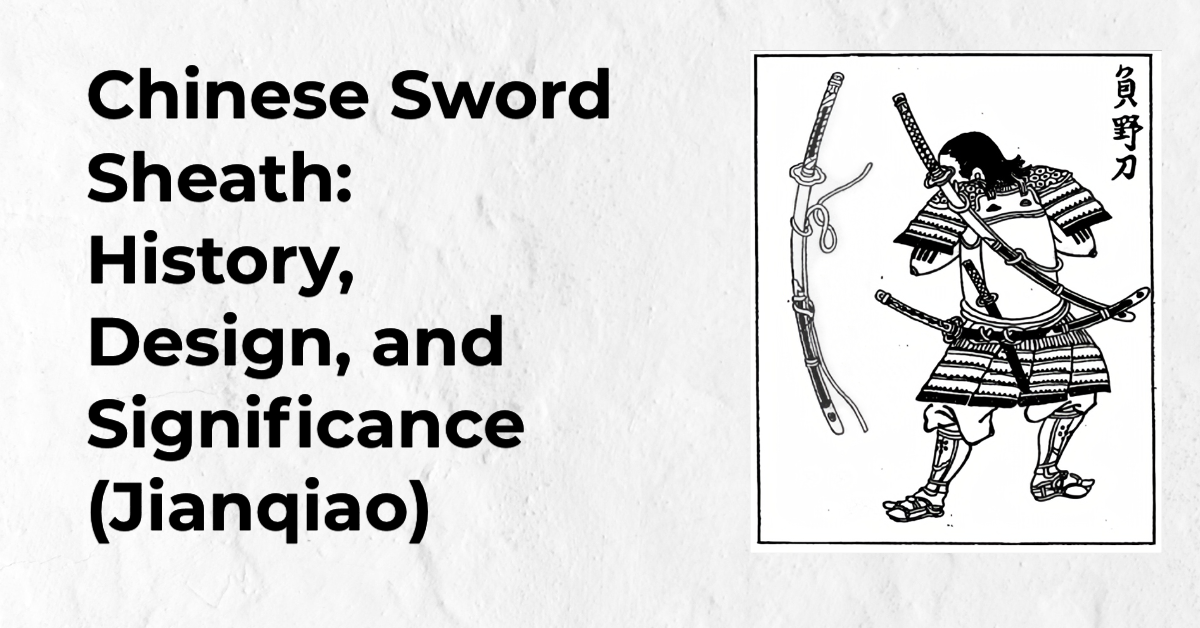
The Chinese sword, a legend whispered through history, finds its perfect partner not just in a sheath, but in a jianqiao. This exquisite blend of art and function transcends protection. Beyond a simple scabbard, the Chinese sword sheath whispers of a warrior’s past. This captivating adornment, a silent partner to the blade, served just as fiercely. Intricate designs echo forgotten eras, while hidden features hint at tactical brilliance. Unravel the secrets of the Jian Qiao – its history, parts, and the surprising ways it mirrored the blade it embraced.
A Historical Journey: Tracing the Origins of the Chinese Sword Sheath (Jianqiao):
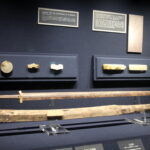
Han jian and scabbard image from wikipedia
Elegance & lethality: Own a piece of Chinese history. Buy Now
Unveiling the Jianqiao: A Look at its Parts and Construction:
A Chinese sword sheath typically consists of several key components:
Mouthpiece: This metal fitting secures the top of the sheath and protects the sword’s guard (tsuba) during insertion and removal.
Body: The main body of the sheath, is traditionally made from wood but also features variations in lacquer, leather, or even metal.
Suspension Bar: A metal ring or loop used to attach the sheath to a belt or harness for easy carrying.
Suspension Bands: Cords or straps used to further secure the sheath to the wearer.
Chape: The metal fitting at the bottom of the sheath, protects the tip of the blade and often features decorative designs.
Beyond Aesthetics: The Practical Uses of the Chinese Sword Sheath (Jianqiao):
While undeniably elegant, the Chinese sword sheath wasn’t just for show. Here’s how it served essential purposes:
Protection: The primary function of the sheath was to safeguard the blade from rust, damage, and dulling during transport.
Safety: A secure sheath prevented accidental injuries from the exposed blade while the warrior was not actively engaged in combat.
Tactical Advantage: In some cases, the sheath itself could be used as a secondary weapon for blocking or parrying attacks.
Status Symbol: The material, ornamentation, and overall design of the sheath often reflected the owner’s social standing and wealth.
Dazzling Displays: Exploring Design Variations in Chinese Sword Sheaths (Jianqiao):
Chinese sword sheaths were a warrior’s fashion statement. Regional flair, cultural whispers, and personal swagger – all came alive in the sheath’s design! Dive in to explore these dazzling displays of artistry.
Material: Wood was the most common material, often lacquered with intricate designs. Leather, shagreen (shark skin), and even precious metals like silver were also used.
Shape: Sheaths typically mirrored the shape of the sword they housed, with a slight curve for single-edged blades. Some variations featured a straighter design.
Ornamentation: Antique Chinese sword sheaths became canvases for exquisite artistry. Imagine intricate carvings whispering tales of mythical creatures or engravings that shimmered with auspicious symbols. Even the metalwork danced with stories, each design a testament to the owner’s spirit and a window into a world of forgotten legends.
The Enduring Legacy: A Symbol of a Storied Past:
